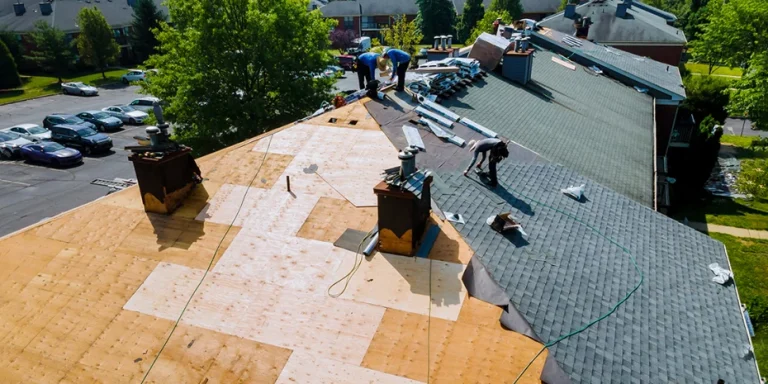Sales Pipeline Analysis: Enhancing Forecasting Insights
In the fast-paced world of business, accurately forecasting sales is crucial for companies to make strategic decisions and achieve their goals. However, with constantly evolving market conditions and a multitude of factors impacting sales, forecasting can be challenging. That’s where a well-defined sales pipeline analysis comes in. By examining each stage of the sales process, companies can gain valuable insights into their sales performance and make data-driven decisions.
In this blog post, we will dive deep into the world of sales pipeline analysis and explore how you can enhance your forecasting insights. Let’s get started.
Define and Track Key Performance Indicators
KPIs are a crucial component of any successful sales pipeline analysis. These metrics serve as a benchmark for sales forecasting and help businesses track their progress toward achieving their sales goals. They can vary depending on industry, company size, and goals, but some common KPIs include sales conversion rates, average deal size, and sales cycle length.
By defining and tracking KPIs, such as lead conversion rate, average deal size, and customer acquisition cost, companies can gain a better understanding of their sales pipeline performance. This data can then be used to identify areas for improvement and make more accurate forecasts for the future.
Analyze Historical Data
Another key aspect of enhancing forecasting insights in sales pipeline analysis is analyzing historical data. By examining past sales performances, businesses can identify trends and patterns that can inform future forecasts. This includes identifying their top-performing products or services, most successful sales strategies, and peak periods for sales.
Analyzing historical data also allows companies to spot any potential roadblocks or challenges they may face in the future. For example, if there was a decrease in sales during a certain season or economic downturn, this information can be used to adjust forecasting and make more accurate predictions in the future.
Incorporate External Factors
While historical data is important, it’s also essential to consider external factors that may impact sales. These can include market trends, competitor activity, economic conditions, and even current events. By incorporating these external factors into sales pipeline analysis, businesses can gain a more comprehensive understanding of their sales forecast.
For example, if a new competitor enters the market or there is a shift in consumer behavior due to a global event, this can greatly impact sales. By monitoring and analyzing these external factors, companies can adjust their forecasting accordingly and make informed decisions to stay ahead of the competition.
Utilize Predictive Analytics

In today’s age of technology and data, predictive analytics has become a powerful tool for enhancing forecasting insights in sales pipeline analysis. By using historical data, market trends, and other external factors, businesses can leverage advanced algorithms to predict future sales performance.
Predictive analytics can help companies identify potential opportunities for growth, anticipate changes in customer behavior, and make more accurate forecasts. This can ultimately lead to better decision-making and improved sales performance.
By defining KPIs, analyzing historical data, incorporating external factors, and utilizing predictive analytics in their sales pipeline analysis, businesses can enhance their forecasting insights and make more informed decisions for a successful future. So, it is imperative for companies to prioritize sales pipeline analysis in order to stay ahead of the curve and achieve their sales goals. Keep these tips in mind and take your forecasting game to the next level!







